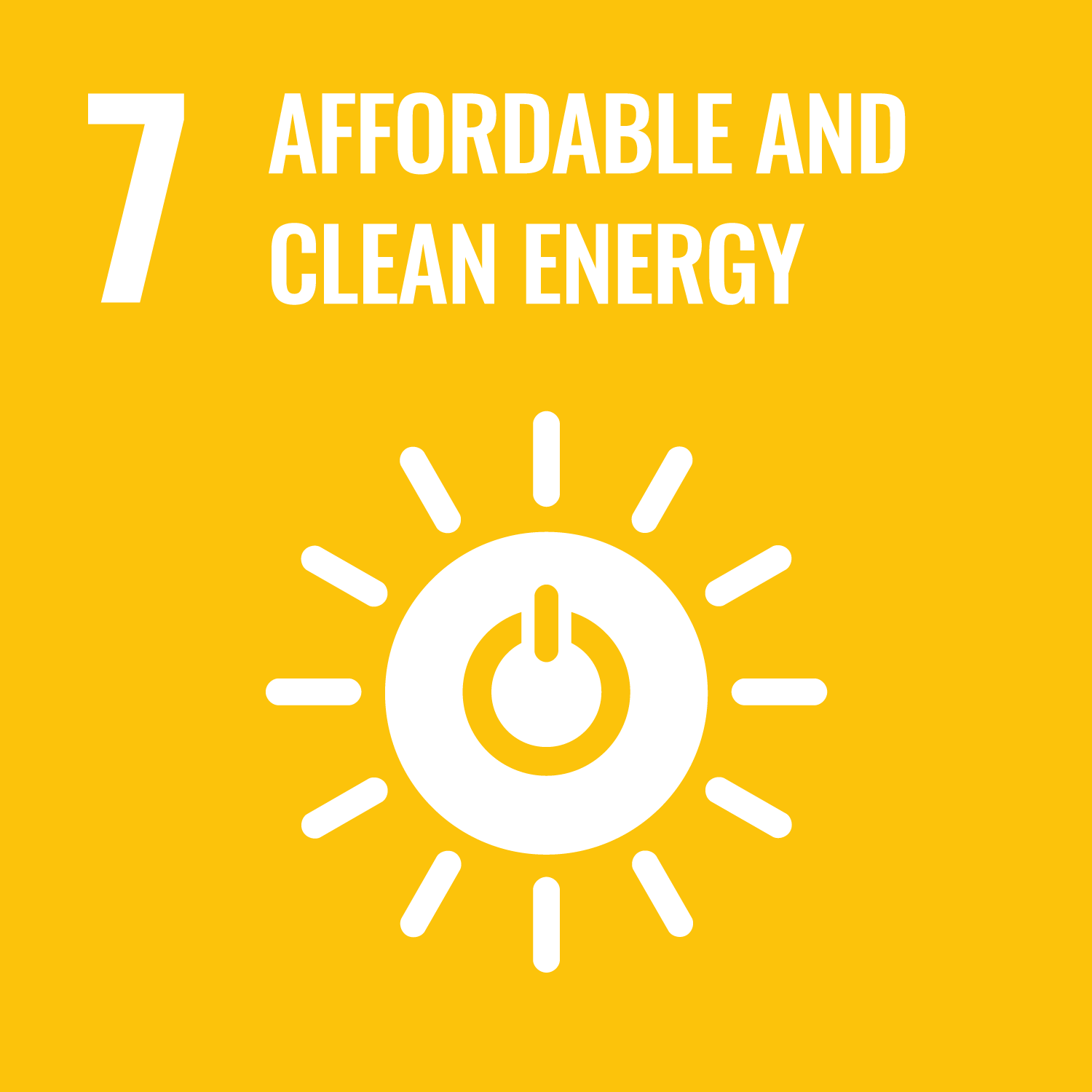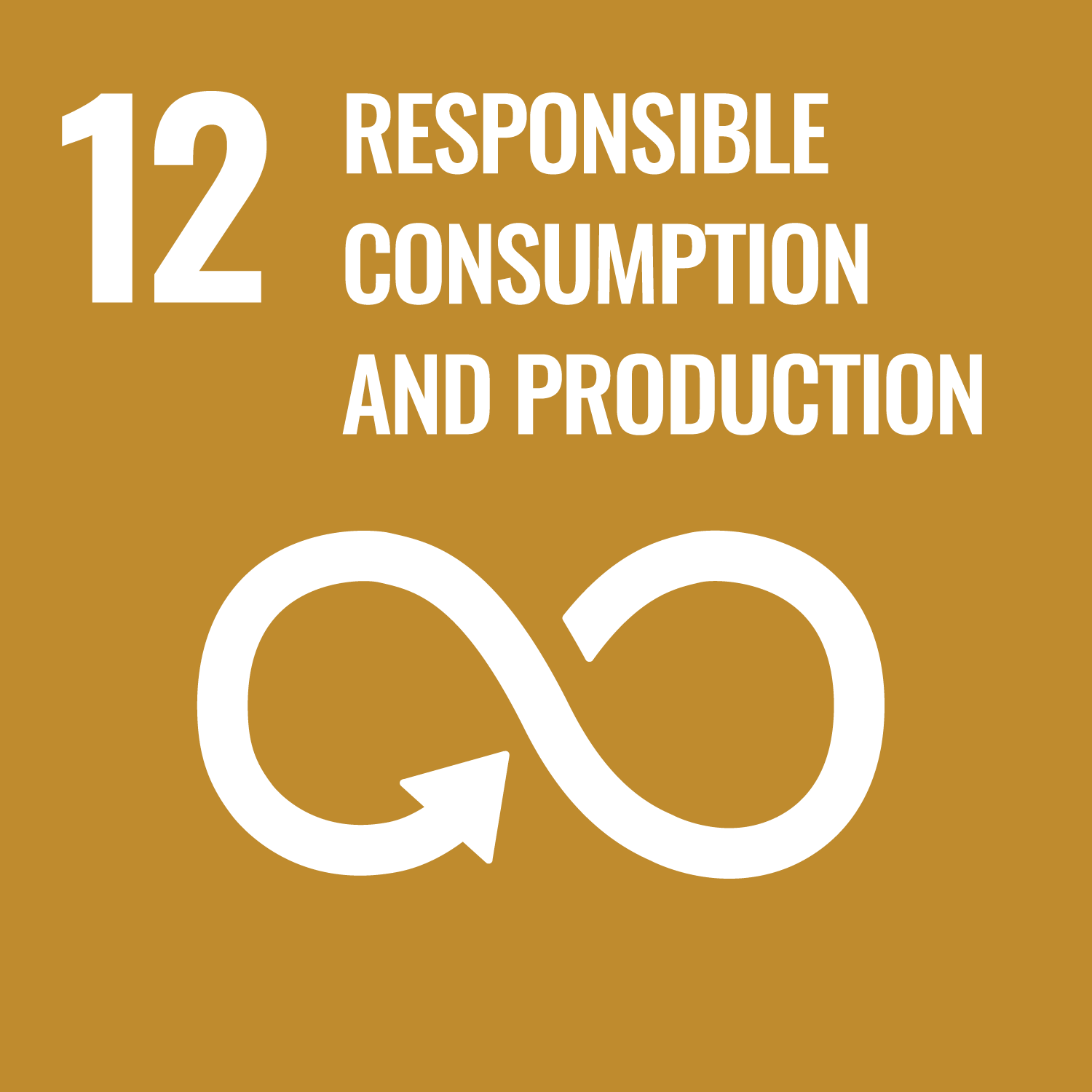LCS-FY2019-PP-01
Secondary Battery System (Vol. 7):
Evaluation of the Economics of Power Storage Systems; Efficiency, Costs and Future Challenges
Summary
An electric power storage system efficiency model that consists of loss factors of the battery and the peripheral circuits is proposed. Then a storage cost model of the storage system for surplus power utilization was proposed based on the discharge capacity and the number of cycles under an assumed operating condition where the system is charged and discharged at the rated power up to the rated capacity once a day and 330 days a year.
Using these models, the efficiencies and the storage costs of the lithium-ion secondary battery (LIB), sodium-sulfur battery (NAS), redox flow battery (RF) systems were calculated based on the operation data of the large-scale demonstration experiments and information gained from direct interviews.
The power-storage efficiency of the NAS battery system was 70%, and the storage cost was the lowest at 24-30 JPY/kWh. However, because NAS batteries need to be kept at around 300℃ at all times during operation, the cost was low only when the ideal charge / discharge pattern was used. The mode of operation greatly affects the cost. The power-storage efficiency of RF battery system was 70%, and the storage cost was the second lowest of 24-40 JPY/kWh next to NAS batteries by taking advantage of its long life. LIB has a high power-storage efficiency of 80-85%, but the storage cost is estimated to be 40-70 JPY/kWh, which is higher than others. Although the charge / discharge efficiency of LIB itself is high, the power efficiency is reduced due to the power consumption of the control system and wiring because a huge number of single cells are assembled into a system. LIB is available in a long-life type and a high energy type. The high energy type is considerably cheaper due to the mass production, but the cycle characteristics are inferior to other batteries, and the long-life type is expensive.
Along with the above topics, future issues are discussed.





